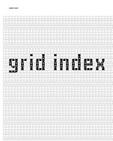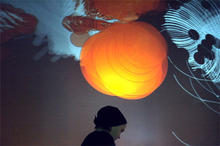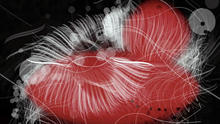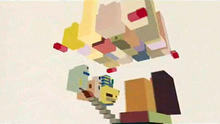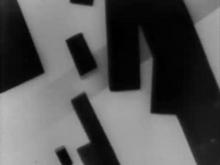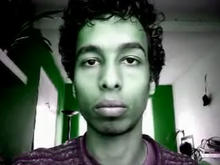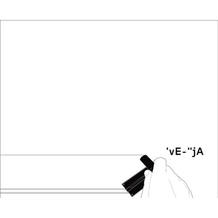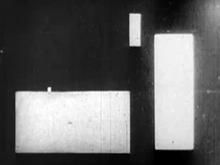White-blue graphic elements move vertically in both directions across the black screen. In their out of control border-bursting movements, the geometric figures leave behind visible tracks, which are subsequently covered over by the particles that follow. Over the course of the video, the relations of the sides of the overlapping objects change continually; they become increasingly longer and sharper so that, for example, the triangles are finally transformed into pointed needles. The drawings are partially dissolved by white, vertical stripes which form a rhythmic layer over the delicate animation. The video shows a cut of the live audio visual performances of LIA and the Portuguese electronic band, @c, whereby both the image and the sound layer are improvised. As with the visuals, the music is also mostly digital. Muted rhythm patterns are steadily deconstructed, so that they sound increasingly like freejazz.
LIA has a unique working method. She programs for her purposes a type of visual instrument that allows for many, diverse uses. Several factors determine each of the final results. The graphic elements, which she pre-designed, can be steered directly by the sound and manipulated by certain algorithms. And finally, the complex applications allow manual access via keyboard and mouse. In this video, it is possible to experience a permanent, pictorial creation and dissolution process. v3/G.S.I.L.XXIX is a fascinating, abstract time picture, an animated digital chronogram.
(Text: Norbert Pfaffenbichler, Translation: Lisa Rosenblatt)
Source: Lia

